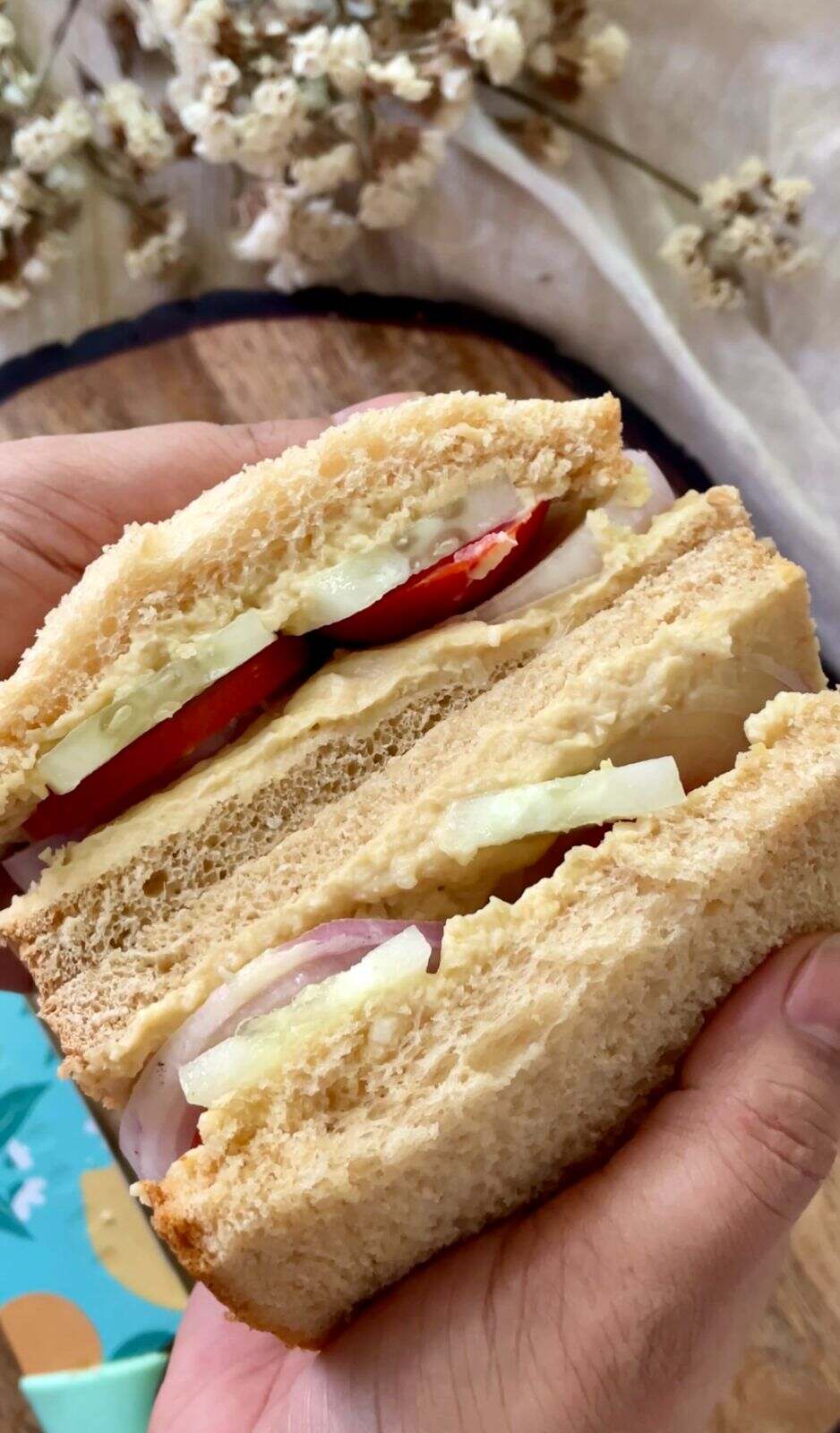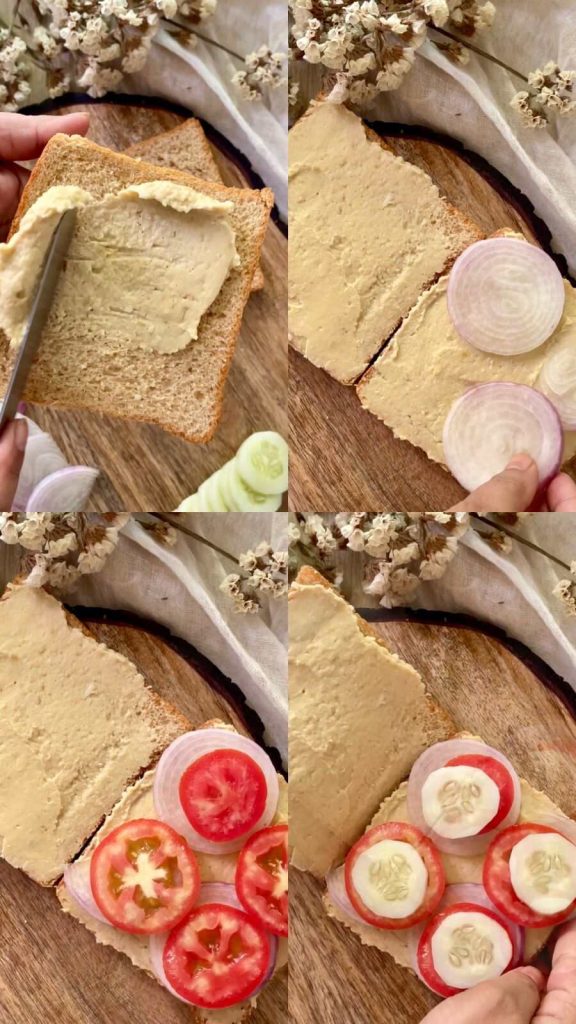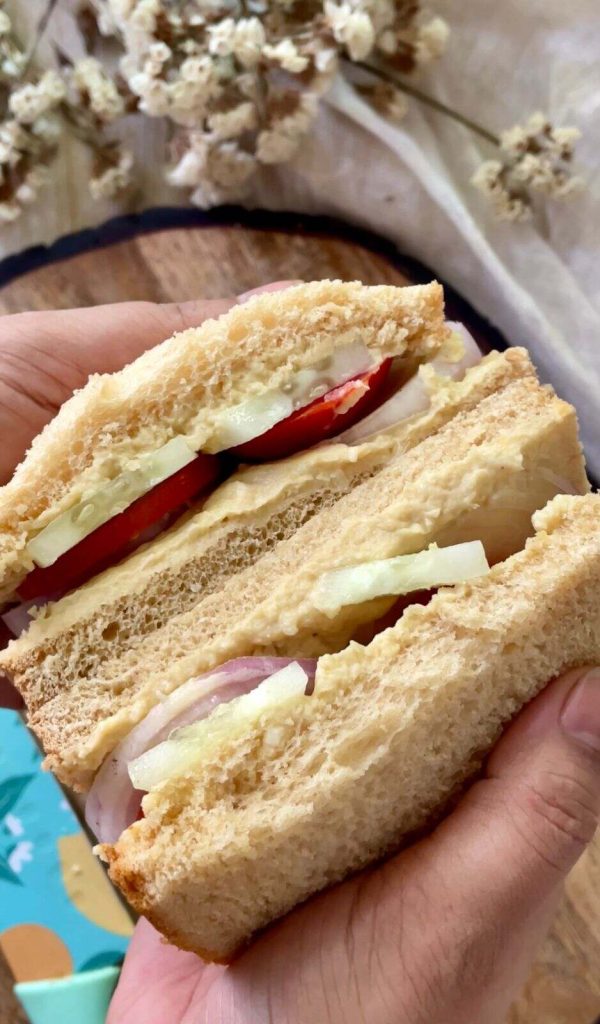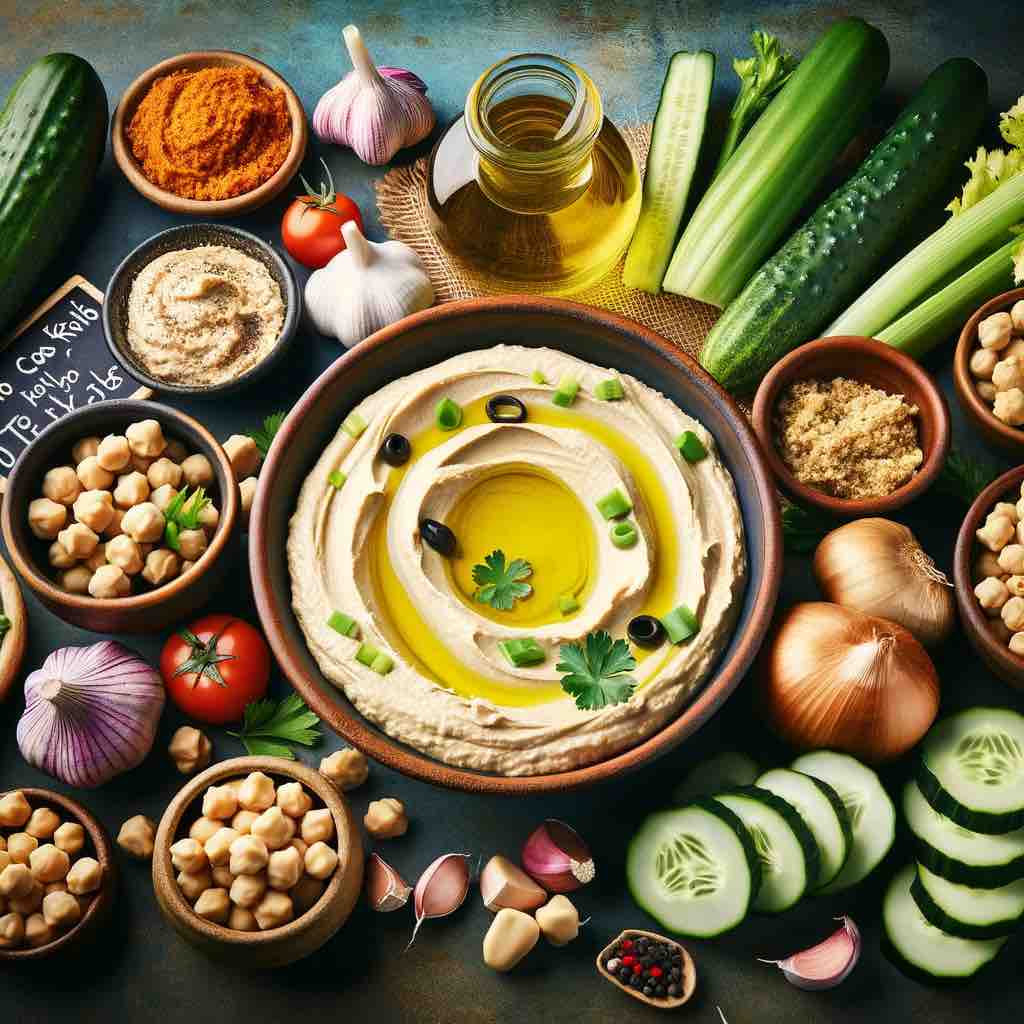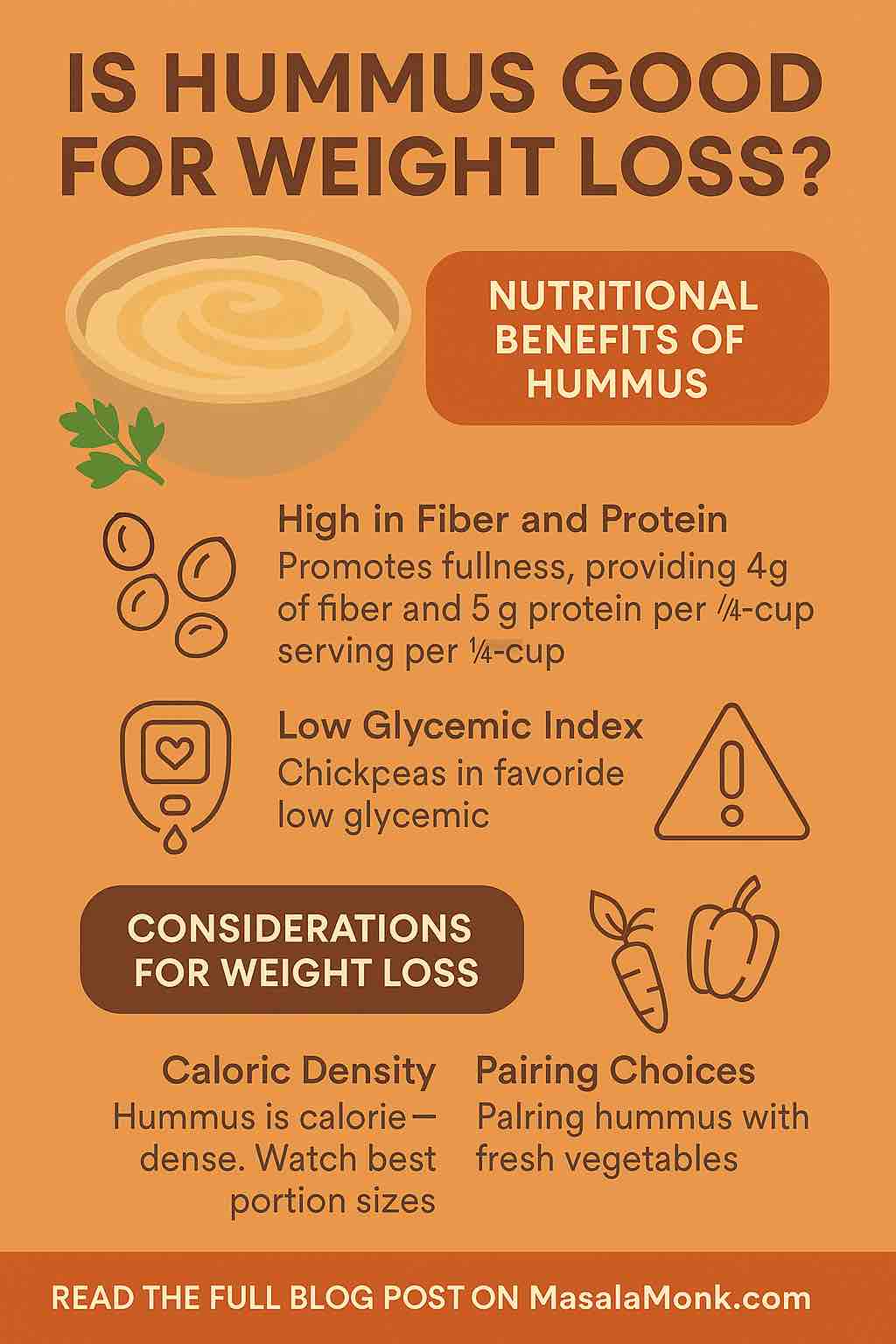
When it comes to weight loss, we’re constantly bombarded with superfoods, trendy snacks, and miracle diets. But what if one of the tastiest, most versatile foods in your kitchen — hummus — could actually help you shed those extra pounds?
If you’re a fan of this creamy, flavorful spread made primarily from chickpeas, tahini, olive oil, lemon juice, and garlic, you’re in for good news. Hummus isn’t just a Middle Eastern culinary staple; it’s a nutritional powerhouse with multiple benefits that could support your weight loss journey. But like any food, it needs to be consumed the right way to truly help.
Let’s break it down — the science, the benefits, the caveats, and how to incorporate hummus effectively into your diet.
🧬 The Nutritional Profile: Why Hummus Stands Out
📊 Macronutrients (Per 1/4 Cup Serving)
- Calories: ~100 kcal
- Protein: ~5 grams
- Fiber: ~4 grams
- Fat: ~6 grams (mostly healthy unsaturated fats)
- Carbs: ~9 grams (low glycemic index)
This balanced profile makes hummus an excellent candidate for a weight-conscious diet. Here’s how each of these components contributes to weight loss:
💡 The Science: How Hummus Aids in Weight Loss
1. High in Fiber = Fuller for Longer
Hummus, especially due to its chickpea base, is high in dietary fiber. Fiber slows digestion, regulates blood sugar levels, and enhances satiety. Studies show that people who eat more fiber tend to consume fewer calories overall.
Takeaway: A fiber-rich dip like hummus keeps hunger pangs at bay.
2. Plant-Based Protein
With about 5 grams of protein per serving, hummus helps in muscle maintenance and repair, and — more importantly for weight loss — keeps you full. Protein-rich foods have been shown to reduce appetite and promote fullness.
Takeaway: Hummus can reduce the urge to snack unnecessarily.
3. Low Glycemic Index
Foods with a low GI release glucose slowly into the bloodstream. This prevents sugar crashes that can lead to sudden hunger and cravings — common culprits of overeating.
Takeaway: Hummus offers stable energy without triggering blood sugar spikes.
4. Healthy Fats That Satisfy
The tahini (sesame paste) and olive oil in hummus are rich in unsaturated fats, which are heart-healthy and promote satiety. They may help regulate hormones involved in hunger control, such as leptin.
Takeaway: The fats in hummus can help you feel full and satisfied, without the downsides of trans or saturated fats.
⚠️ The Caveats: When Hummus Could Sabotage Your Goals
🛑 Caloric Density
Despite being healthy, hummus is calorie-dense. A quarter-cup clocks in at about 100 calories. Eating it with abandon (especially with chips, crackers, or bread) can easily lead to overconsumption.
Pro Tip: Stick to a portion of about 2-4 tablespoons, especially if you’re snacking.
🛑 Dipping Decisions Matter
That nutritious hummus can become a calorie bomb if paired with processed dippers like pita chips or crackers. The key is pairing it with low-calorie, high-volume foods.
Smart Dippers:
- Carrot sticks
- Cucumber slices
- Bell pepper strips
- Celery
- Cherry tomatoes
- Jicama
✅ How to Incorporate Hummus Into a Weight Loss Diet
1. As a Veggie Dip
Swap calorie-dense dips (like ranch or creamy dressings) for hummus. A few tablespoons with fresh veggies is a crunchy, satisfying snack.
2. In Sandwiches or Wraps
Use hummus instead of mayo. It adds moisture and flavor, with more fiber and protein.
3. In Buddha Bowls or Salads
Drizzle hummus over a bowl of grains, leafy greens, and lean proteins. It doubles as a dressing and flavor enhancer.
4. As a Base for Dips or Spreads
Mix it with herbs, Greek yogurt, or hot sauce to create flavor variations. It’s a customizable spread that never gets boring.
5. Make It at Home
Store-bought versions can contain extra oils or preservatives. Making it yourself lets you control the ingredients and cut down on unnecessary calories or sodium.
🍽️ Sample Meal Idea: Hummus Power Lunch Bowl
- 1 cup cooked quinoa
- ½ cup roasted chickpeas
- 1 cup mixed greens
- ½ cup cherry tomatoes
- ¼ avocado
- 3 tbsp hummus
- Lemon juice and herbs for dressing
This meal is:
- High in fiber
- Packed with protein
- Rich in nutrients
- Satisfying and energy-sustaining
🧠 Final Verdict: Is Hummus Good for Weight Loss?
Yes — when used wisely. Hummus is a nutrient-dense, high-fiber, protein-rich food that can absolutely be part of a weight loss plan. It promotes satiety, helps control cravings, and adds satisfying flavor without artificial ingredients or empty calories.
However, portion control is critical. Treat hummus as a functional food — not an all-you-can-eat snack. Use it to enhance healthy meals and snacks, not to accompany refined carbs or deep-fried chips.
In moderation, and paired with smart choices, hummus isn’t just good for weight loss — it might become your new favorite secret weapon.
🧠 Frequently Asked Questions (FAQs)
1. How much hummus can I eat per day for weight loss?
A safe and effective portion is about 2 to 4 tablespoons (30–60 grams) per day. This amount provides fiber and protein without excessive calories.
2. Is store-bought hummus as healthy as homemade?
Not always. Many commercial brands add extra oils, sodium, or preservatives. Look for hummus with minimal ingredients or make your own for better control.
3. Can I eat hummus on a low-carb or keto diet?
Hummus is moderate in carbs (~9g per ¼ cup), so it may not fit strict keto, but it can work in low-carb or moderate-carb diets when portioned carefully.
4. Is hummus good for belly fat reduction?
While no food targets belly fat specifically, hummus supports overall fat loss due to its protein, fiber, and low glycemic index — all factors that help manage hunger and insulin levels.
5. What are the best veggies to dip in hummus for weight loss?
Great low-calorie choices include:
- Carrots
- Cucumber slices
- Celery
- Bell pepper strips
- Broccoli florets
- Cherry tomatoes
6. Can hummus replace other condiments for a healthier diet?
Absolutely. Hummus is a nutrient-rich alternative to high-fat spreads like mayo, ranch, or sour cream. Use it in wraps, sandwiches, or salad dressings.
7. Is flavored hummus (like roasted red pepper or garlic) still healthy?
Yes, as long as the ingredient list is clean. Watch for added sugars or oils in flavored varieties. Choose versions with natural flavorings and no artificial additives.
8. Is hummus safe for people with food sensitivities or allergies?
Generally, yes. But check for tahini (sesame), garlic, or lemon, which can be allergens. Always read the label if you have known sensitivities.
9. Can I lose weight by replacing snacks with hummus?
Yes, replacing high-calorie snacks (chips, cookies) with veggies and hummus can reduce overall calorie intake and help with weight loss.
10. Does hummus help with cravings?
Yes. The combination of fiber, protein, and healthy fats helps promote satiety, which can reduce the urge to snack between meals.

